Horse Riding

What is Horseback Riding?
Horseback riding is a very rewarding and accessible activity for all of us, which gives us the possibility to disconnect from the world, ride on trails and discover landscapes during our riding holidays.
It also allows us to practice equestrian sports, such as jumping, dressage, Eventing or Polo.
Riding is an ancient form of humans tavelling on the back of a horse.

What is Equestrian Tourism?
The Equestrian Tourism is an activity that combines the passion for horse riding with the interest to visit different regions, provinces and countries, which allows to discover different cultures, other people and typical gastronomy.
Is it difficult to ride a horse?
The practice of horse riding is known as equitation and it is relatively simple to start with, at least to be able to go on rides in the countryside. If your interest grows further, you will want to improve your riding skills and acquire more knowledge about horses.
How fast your skills improve depend on every individual and on your purpose, you can ride for pleasure in the nature in all types of terrain or choose an equestrian sport and train professionally.
Different ways of Horse Riding
The rider can handle and steer the horse in different ways with signals called “aids”.
These aids are transmitted to the horse through body movements of the rider, the reins or a leash, pressures with the calves and heels or the voice.
The aids allow the rider to have the horse’s movements under control.
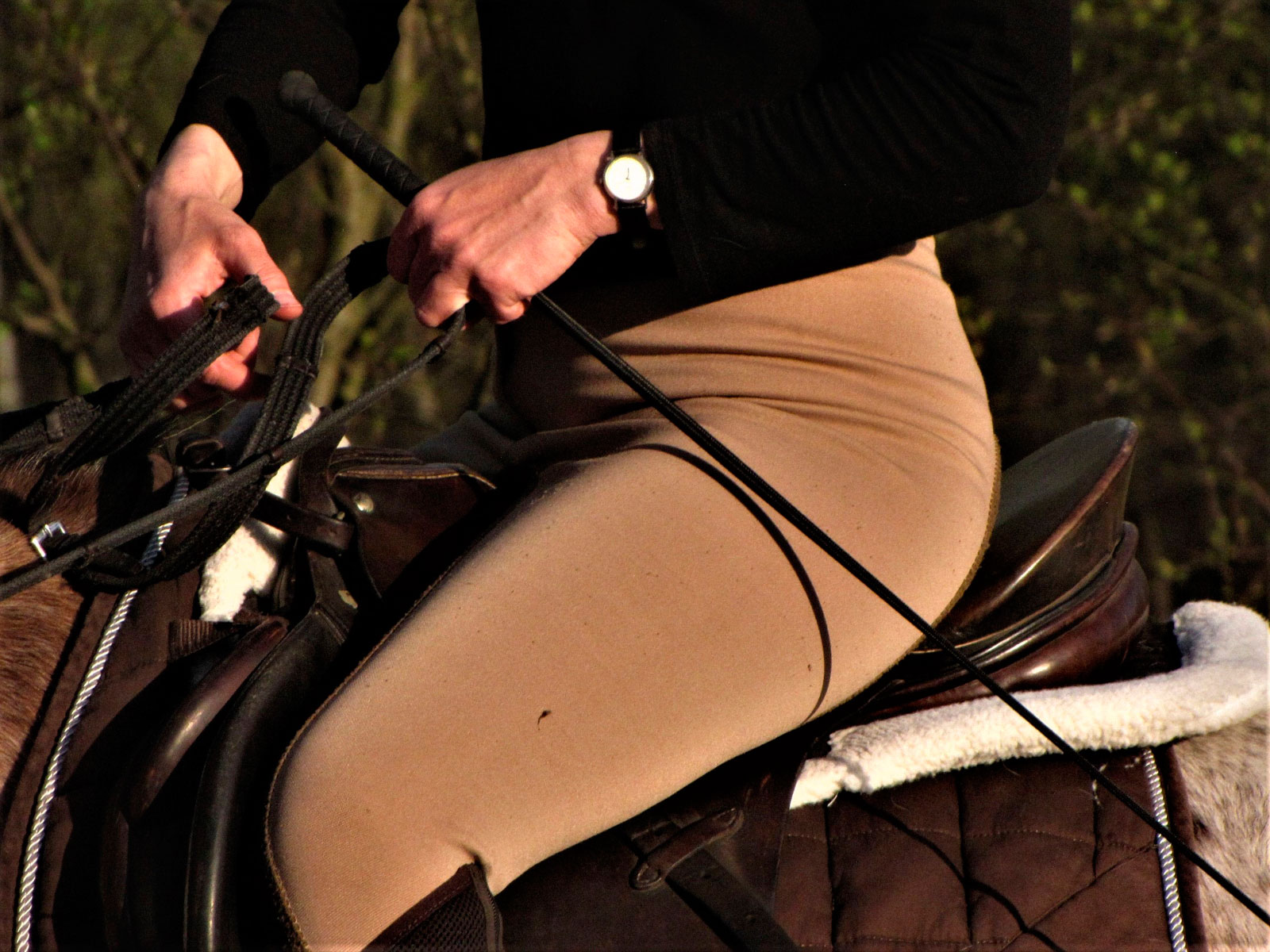
Animals that are well educated and trained react to subtle aids that are barely noticed by other people. Example was the horse called “John the Intelligent" who supposedly knew about mathematics, but in fact it perceived through the voice and body language of his owner how many times he had to drag his hoof on the ground to give the result of a simple addition or subtraction.
The different ways of riding and handling an animal require different equipment and accessories as well as in the aids that are transmitted to the equine. You must follow ethical principles for the care of the animal, so that it has good health during approximately 20 years, which is the equine age it should be able to be ridden without any problems.
Most horses have three gaits: the walk, the trot and the gallop.
In the trot and gallop there is a moment of suspension in the air where the horse does not touch the ground with any of its legs. Some breeds also have ambling gaits, like for example the “paso llano” and the tölt, among others, that are very comfortable gaits that allow the to travel long distances without getting tired.
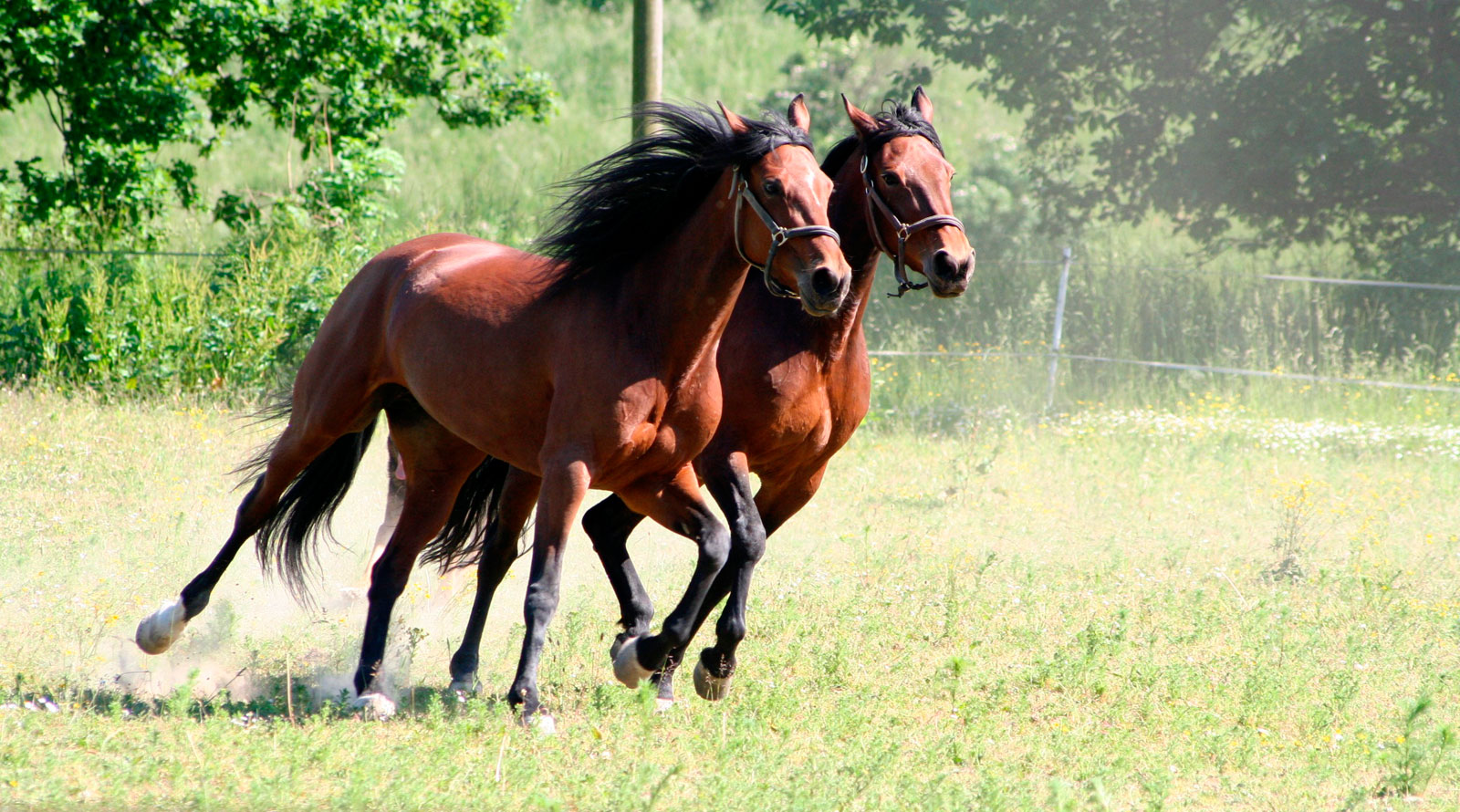
Riders must give the correct aids for each of the gaits to avoid confusion in the horse.
Would you like to be part of a group with an equestrian soul?
Join the Ampascachi Community. Obtain exclusive benefits for your holidays.
We tell you how to start, train and take care of your horse.
Interviews with direct providers of riding tours around the world.
Opinions of outstanding equine scientists and personalities in the equestrian sport world.
Equipment and accessories needed for horse riding
There are different types of saddles to provide comfort and safety and also to distribute the rider’s weight on the back of the animal.
Depending on their use, the characteristics of saddles may vary:
- Jumping and racing saddle: this saddle has shorter stirrups; it helps the rider lean forward and allows horses to build up speed.
- Training saddle: it includes a deep seat with a higher cantle.
- Riding saddle: Western saddles must be comfortable for long distance riding.
Apart from the saddle, different kinds of headbands or reins, bridles or halters are used to transmit the signals to the animal.
Recently, the martingales or tying reins are being used increasingly; their function is to help the rider to keep the horse’s head in a certain position, usually in dressage or the classical training of the equine.
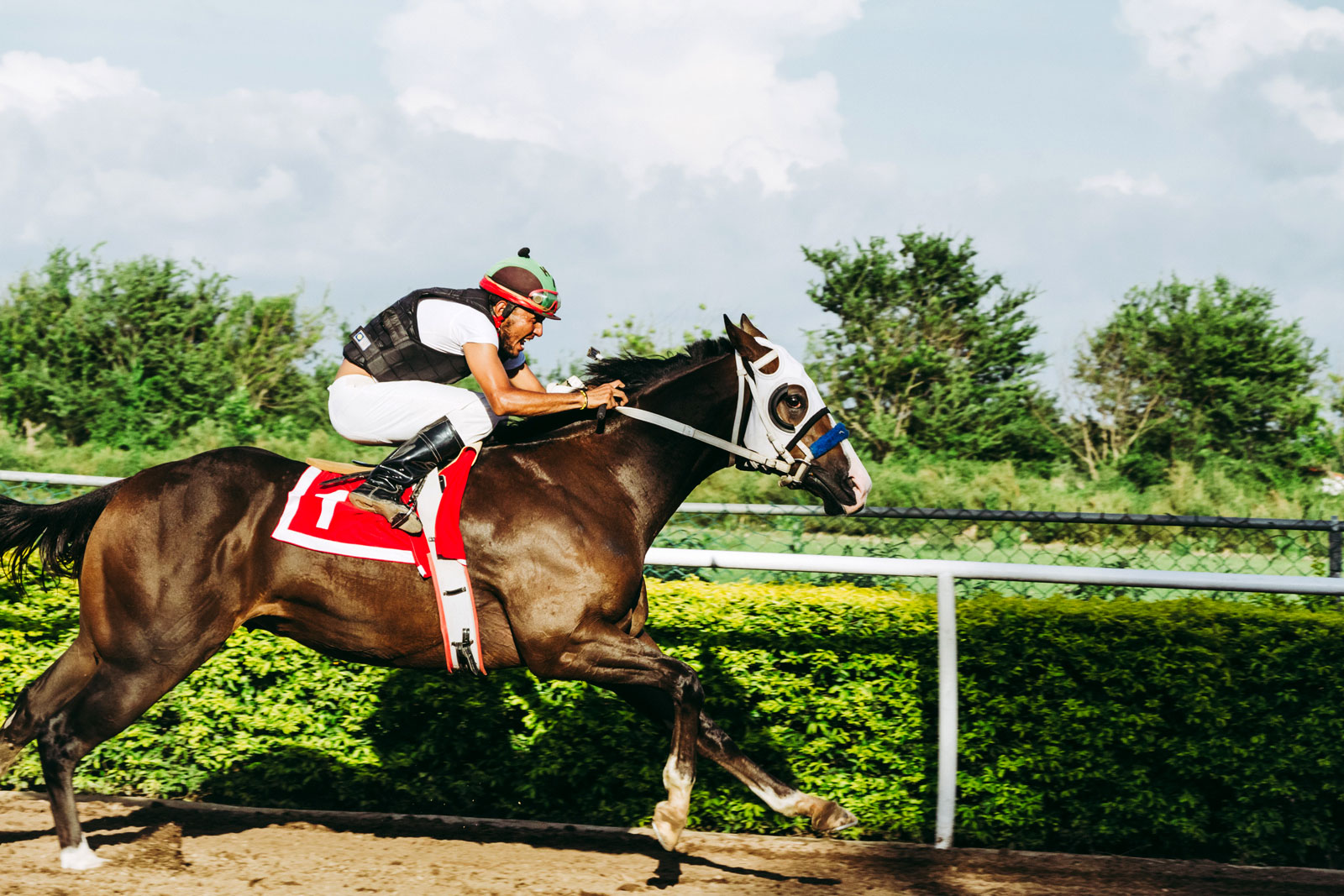
In our opinion, the use of martingales or leashes to control the position of the head ignore the principles of the Learning Theory and scientific studies on ethology.
There are also elements to protect the legs of the animal, such as bandages to strengthen their tendons, joints and ligaments.
For more information, we recommend the website of the International Society for Equitation Science : https://www.equitationscience.com/.
Benefits of riding
Riding a horse is very pleasant and brings many benefits.
We have already said that horse riding can be a unique experience if we decide to ride in nature where you can visit places you can only reach on horseback.
This activity gives us a wide range of physical and psychological benefits as listed below.
The special thing about riding is the interaction with the horse. The more often you ride, the better the coordination of the aids and the expected response of the horse in the different gaits (walk, trot, gallop). The abdominal muscles, the back, buttocks and legs are constantly trained as well as the sense of balance and self-confidence are strengthened.
Physical benefits of horse riding
- Muscle tone is improved, mainly of the abdomen, back, buttocks and legs.
- Sense of balance is strengthened.
- Muscle tensions are dissolved.
- The upper body is straight and leads to a correct body posture: the back, shoulders and chest area are improved.
- Gross and fine motor skills as well as reflexes are improved by switching between gaits.
- Body posture in general is improved.
Psychological benefits of horse riding
- Horse riding improves our confidence, the control over our emotions and our self-esteem when we achieve to control a horse through aids.
- Keeping a horse under control improves our memory, concentration and attention span.
- Being responsible for a horse reinforces feelings such as respect and responsibility.
- Riding helps us overcome our fears and solve problems. The better we ride, the better we can deal with conflicts.
Horse riding is a very versatile activity
Horseback riding is very versatile, you can go horseback riding with a group of riders in different terrains, such as beaches, flat land or mountains. There are many equestrian sports you can practice, such as show jumping, dressage, versatility riding or team sports such as Polo, which is becoming increasingly popular.
You can start riding from the age of about three; there is no top age limit, you can continue as long as you feel physically in shape to keep riding horses.
Gaited or ambling horses, especially the Peruvian Paso horse,, have special gaits that reach 12 to 15 km/h, but do not trot.
The trot is a bumpy gait with vertical movements that make the rider move up and down, which is why people with back or hip problems stop riding.
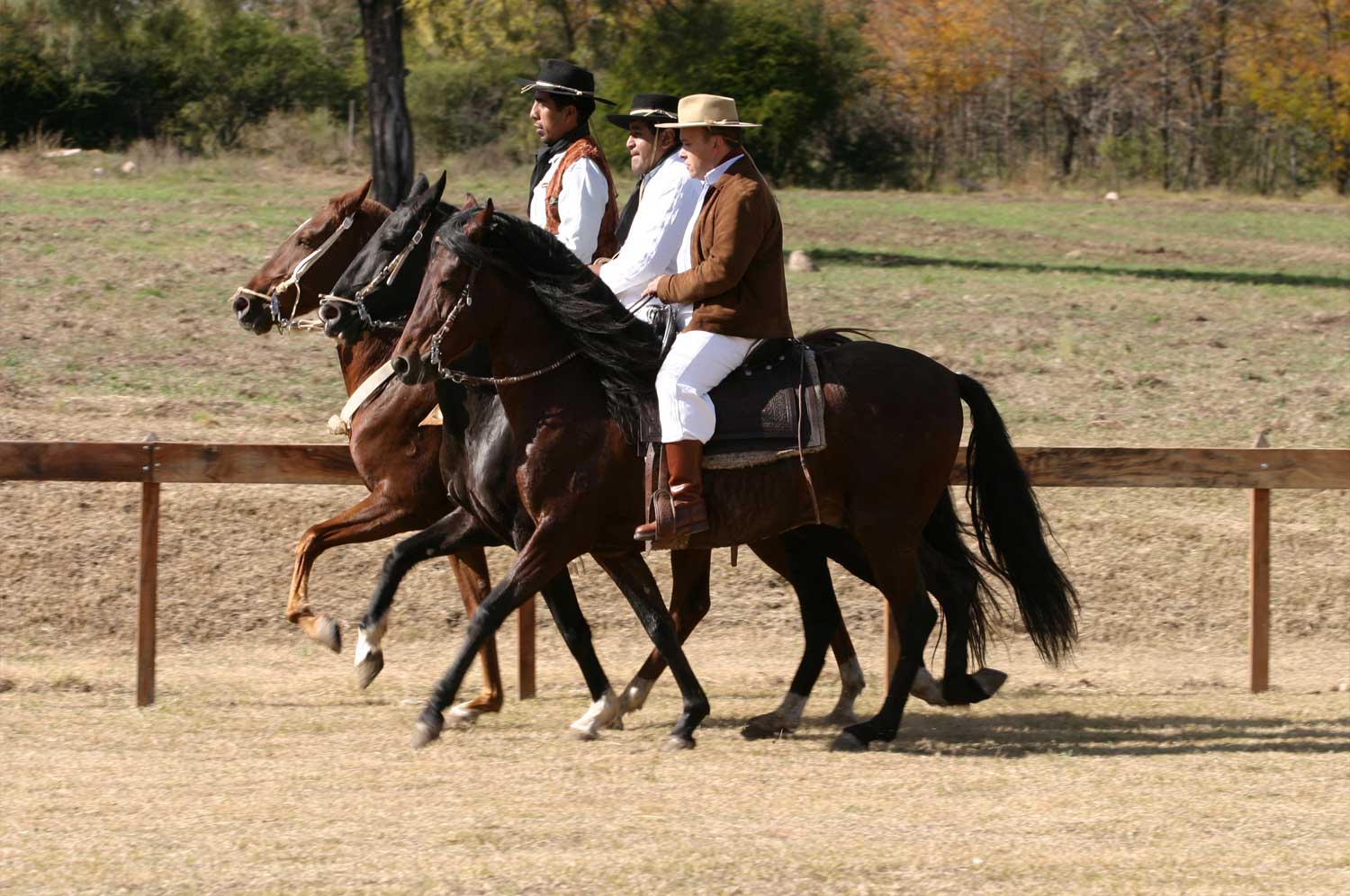
The Peruvian Paso horse has a particularly soft gait, the Paso Llano, in which the horse moves horizontally and the rider does not experience any ungentle movements
Horseback riding is suitable for all ages and even for disabled people, since these animals make no distinctions. You only need to follow some guidelines if you want to take up this activity.
Subscribe to the Ampascachi Community and obtain benefits and exclusive content. Furthermore, we offer free advice on horses and equestrian tourism.
How is the development in Europe?
In Europe there are many opportunities for those interested in riding, as many equestrian clubs exist in most European countries.
The horses can live in their stables and are provided with food, medical care and training if the owners cannot take care of their horses on a daily basis, i.e. ride or train in an equestrian discipline.
If you do not own a horse, the equestrian centre provides one and if you are a beginner, you can take riding classes there as well.
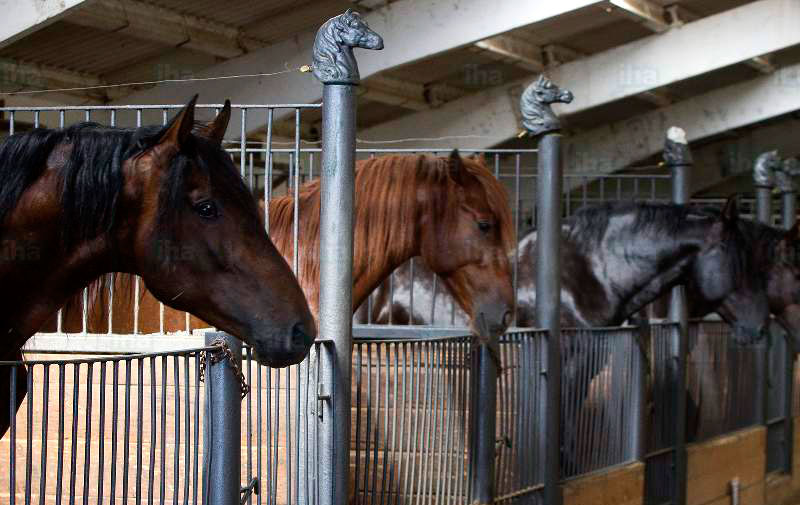
Another equestrian activity is riding in nature, explore different landscapes in your home country but also in different countries. These horse riding holidays can be booked through agencies who specialize in equestrian tourism and offer horseback riding in many parts of the world, such as Europe, Asia, Africa, North and South America.
In Europe there are many riding clubs and associations that offer all kinds of activities on horseback. They also train riding instructors and horse trainers who either work in riding clubs or develop standards and rules for the different activities. Some of the most important clubs are in UK, Germany, Spain, France and Portugal.
An important horse or equestrian centre is certainly Europe, but other continents own infrastructures where you can enjoy horse riding on trails in the nature, the backcountry or even in the wild.
How to ride horses for the first time?
Here are sometips for the first riding lessons:
- Of course, a horse is required, which the equestrian club will provide you. There are also learning programmes that you can book for your horse riding holidays.
- should have riding trousers, riding boots with leather sole, a riding helmet, comfortable clothing and riding gloves . Spurs are not required; they are only for advanced riders. All these items can be purchased in a riding shop, which you find everywhere in Europe as well as in other parts of the world.
- If you ride in nature, you will also need a water bottle, sunscreen for the face, neck, arms and hands, especially if the ride lasts several hours. It is advisable to ride in a group. It is also appropriate to have a first aid kit at hand.
- If you own your own horse, you need the following equipment: depending on the activity, a suitable riding saddle (get professional advice), bridle with reins and mouthpiece, one halter for inside and outdoors, possibly a riding crop, brushes and hoof scrapers for the care of the horse.
- It is recommended to have a private accident insurance. Riding is not dangerous if you are gradually familiarized with horse riding under the professional guidance of a qualified riding instructor. A good education is the basis for safety in equestrian sports. And, of course, the right equipment.
It is also important to highlight the following:
- Horses can be ridden at any age (from three to 80 years or more according to general physical condition).
- We do not need to have special physical qualities, even people with physical or mental disabilities can ride horses. Like any other physical activity, it is better to be fit and in shape, but this is not exclusive. In addition, horse riding will contribute to achieve physical improvement.
- It is highly recommended to take classes with a professional trainer in an equestrian club to get proper preparation on how to treat and ride horses. At Ampascachi, we offer a programme how to learn to ride in the Traslasierra Valley.
- It is always better to start riding on a horse that is about ten years old, well trained and of a stable and quiet character. It is not convenient to start riding on young horses that tend to have more temperament.
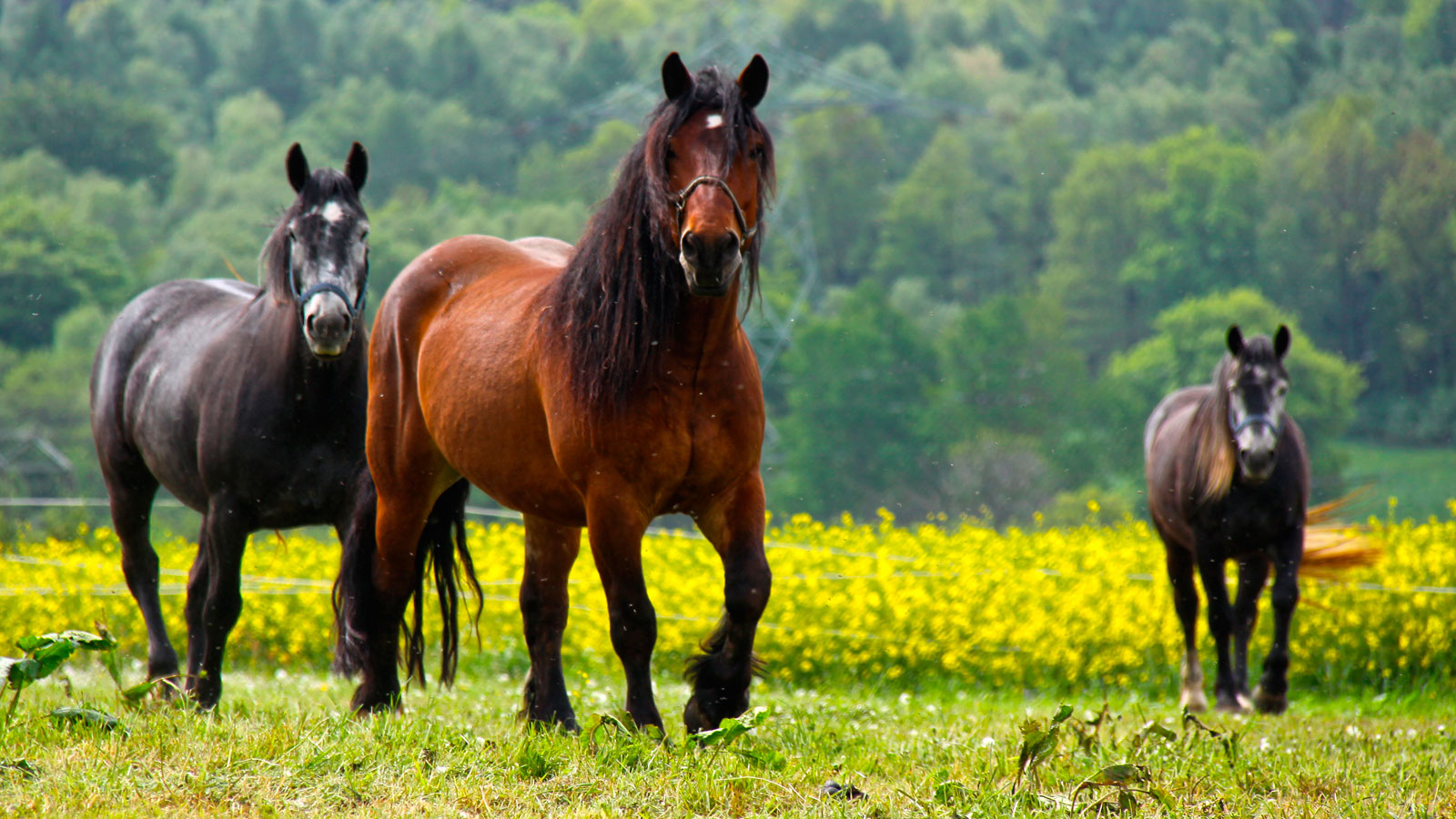
Would you like to go in depth into the world of horse training?
Download our ree guide on horse training step by step, where we tell you everything we have learned about horse training in more than 25 years of experience.
Planning your horse riding holidays?
Join the Ampascachi Community. You will get exclusive advantages and guidance for your next horse riding holiday.


 German
German French
French Spanish
Spanish